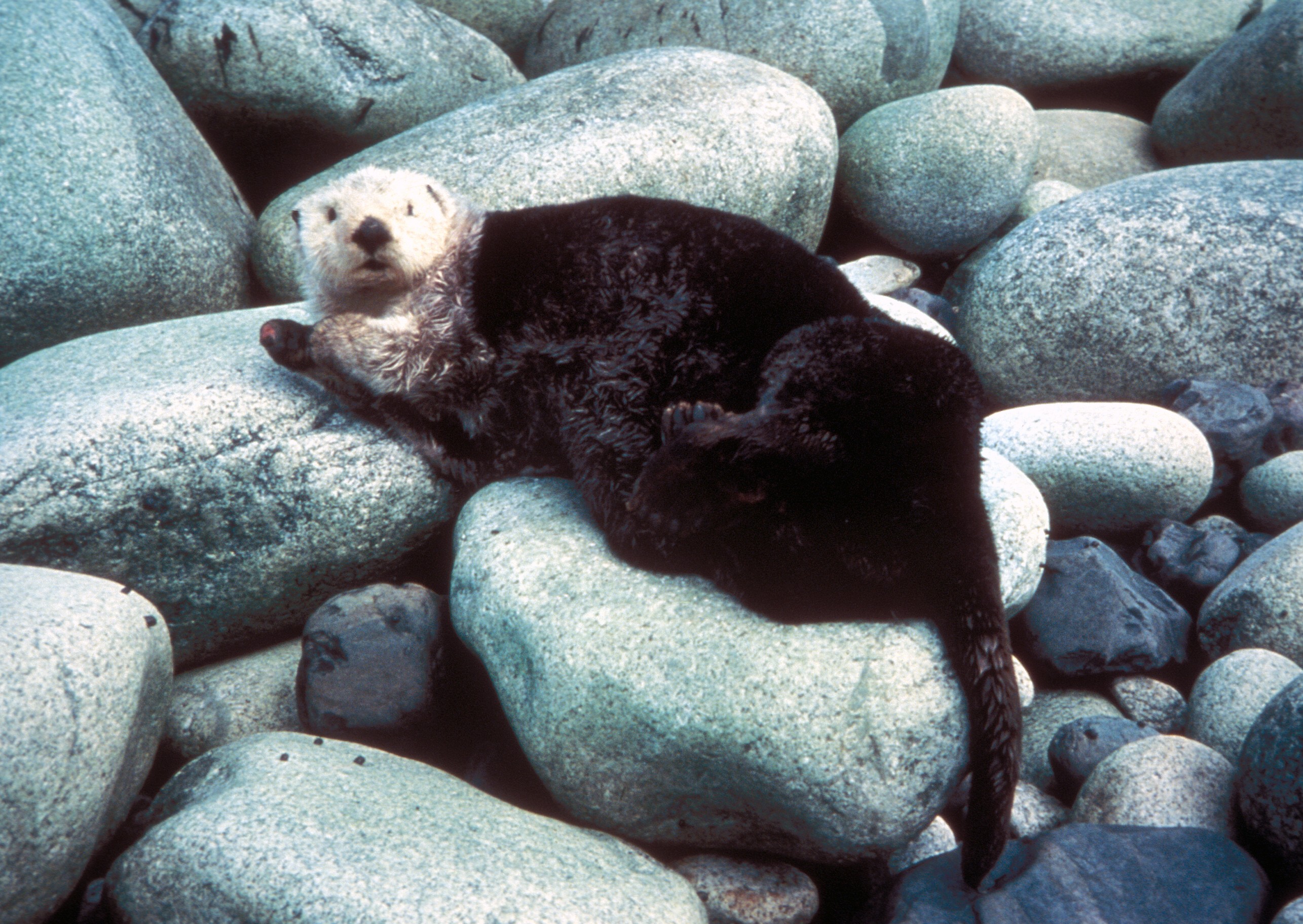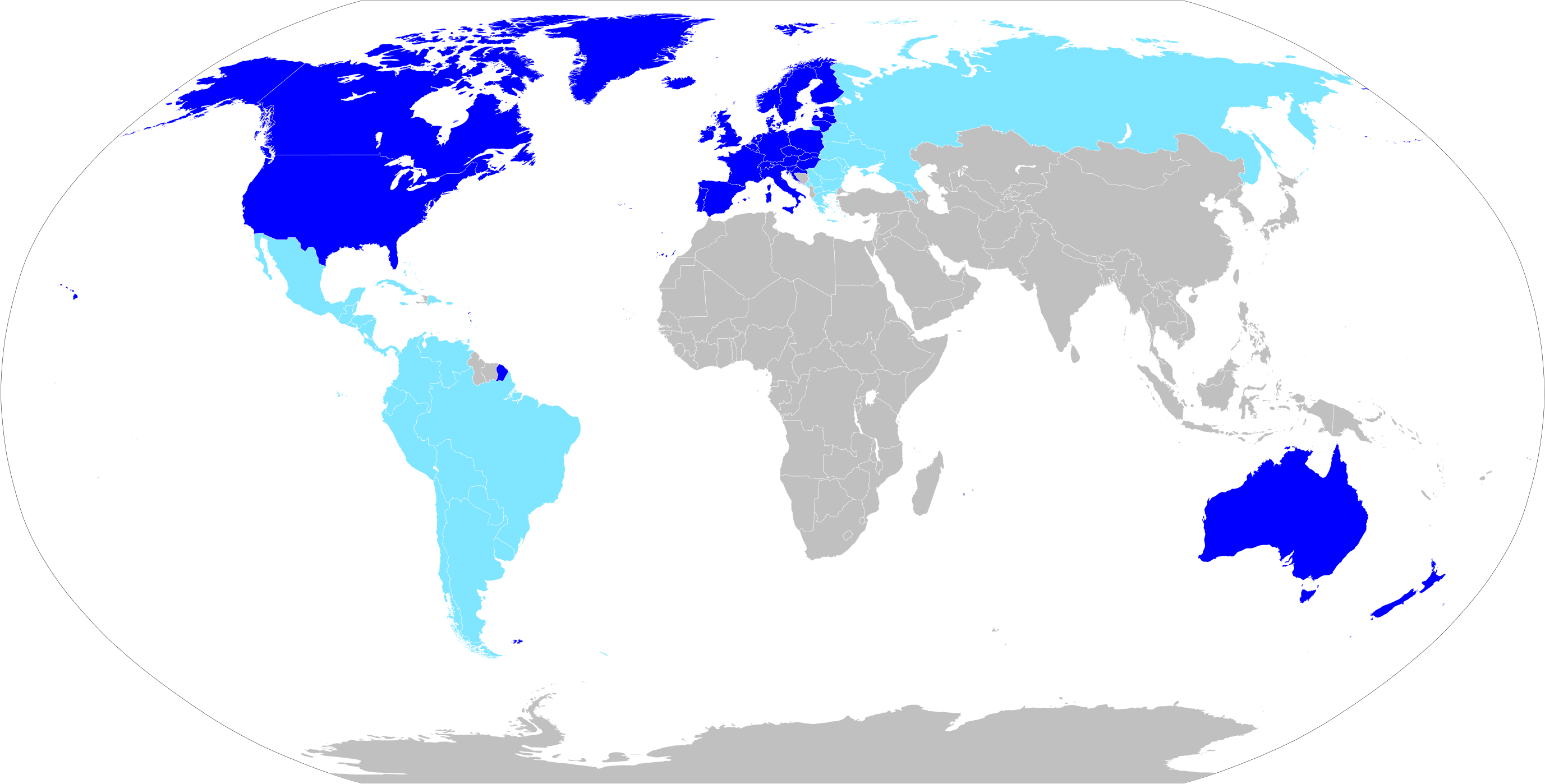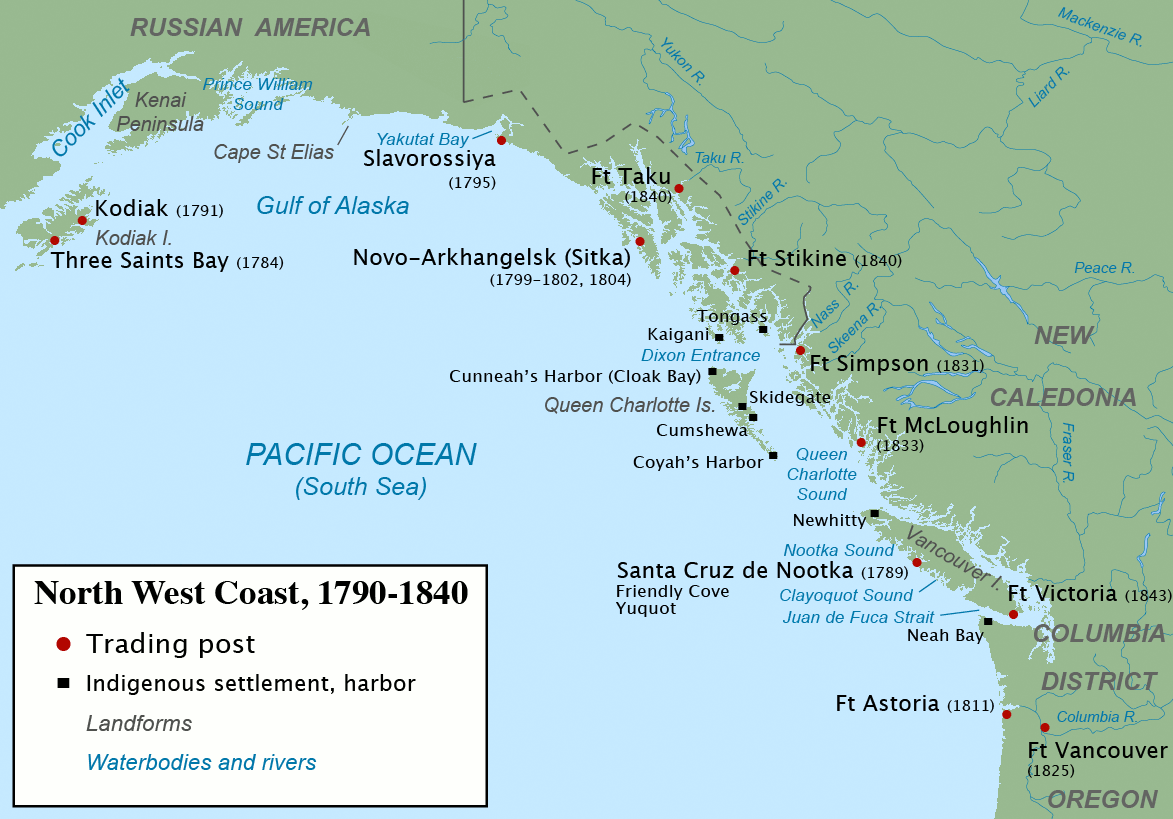|
Cape Sutil
Cape Sutil is the headland at the northernmost point of Vancouver Island, in the Canadian Province of British Columbia. Toponymy Cape Sutil was named in 1792 by Spanish explorers Dionisio Alcalá Galiano and Cayetano Valdés y Flores during their circumnavigation of Vancouver Island, done in partial cooperation with George Vancouver. The name refers to Galiano's goleta, '' Sutil''. In 1860 or 1862 George Henry Richards named the headland Cape Commerell. The name Sutil was restored by the Geographic Board of Canada in 1905 or 1906. Geography Cape Sutil is the northernmost point of Vancouver Island. It is located at the western end of Goletas Channel near Hope Island. The westernmost point of Hope Island, Mexicana Point, was named for Cayetano Valdés's vessel, '' Mexicana''. Goletas Channel was also named by Galiano and Valdés in 1792. BC Geographical Names uses a line between Cape Sutil and Cape Caution to separate Queen Charlotte Sound and Queen Charlotte Strait. History N ... [...More Info...] [...Related Items...] OR: [Wikipedia] [Google] [Baidu] |
Cape (geography)
In geography, a cape is a headland or a promontory of large size extending into a body of water, usually the sea.Whittow, John (1984). ''Dictionary of Physical Geography''. London: Penguin, 1984, p. 80. . A cape usually represents a marked change in trend of the coastline, often making them important landmarks in sea navigation. This also makes them prone to natural forms of erosion Erosion is the action of surface processes (such as water flow or wind) that removes soil, rock, or dissolved material from one location on the Earth's crust, and then transports it to another location where it is deposited. Erosion is di ..., mainly tidal actions, which results in them having a relatively short geological lifespan. Capes can be formed by glaciers, volcanoes, and changes in sea level. Erosion plays a large role in each of these methods of formation. List of some well-known capes Gallery File:Cape Cornwall.jpg, Cape Cornwall, England File:Nasa photo cape fear.jp ... [...More Info...] [...Related Items...] OR: [Wikipedia] [Google] [Baidu] |
Cape Caution
Cape Caution is a headland along the Central Coast of the Canadian Province of British Columbia. It is the point where Queen Charlotte Strait meets Queen Charlotte Sound, as well as where Mount Waddington Regional District meets Central Coast Regional District. Toponymy Cape Caution was named by British maritime explorer George Vancouver in May 1793 for the turbulent waters and rocky coastline found in the vicinity. Vancouver had nearly lost his ship, HMS Discovery, the previous year on a rock about 24 kilometres southeast of the headland. Geography Cape Caution is located on the western end of a large unnamed peninsula. The cape measures long and at its widest. It is bound to the northwest by Blunden Bay and to the southeast by Silvester Bay. Despite the visual prominence of the cape, the true westernmost point of the unnamed peninsula is Neck Ness (). Conservation The unique ecology of the headland is protected within the Ugʷiwa’/Cape Caution Conservancy and the ... [...More Info...] [...Related Items...] OR: [Wikipedia] [Google] [Baidu] |
Royal Navy
The Royal Navy (RN) is the United Kingdom's naval warfare force. Although warships were used by Kingdom of England, English and Kingdom of Scotland, Scottish kings from the early medieval period, the first major maritime engagements were fought in the Hundred Years' War against Kingdom of France, France. The modern Royal Navy traces its origins to the early 16th century; the oldest of the British Armed Forces, UK's armed services, it is consequently known as the Senior Service. From the middle decades of the 17th century, and through the 18th century, the Royal Navy vied with the Dutch Navy and later with the French Navy for maritime supremacy. From the mid 18th century, it was the world's most powerful navy until the World War II, Second World War. The Royal Navy played a key part in establishing and defending the British Empire, and four Imperial fortress colonies and a string of imperial bases and coaling stations secured the Royal Navy's ability to assert naval superiority ... [...More Info...] [...Related Items...] OR: [Wikipedia] [Google] [Baidu] |
China
China, officially the People's Republic of China (PRC), is a country in East Asia. It is the world's List of countries and dependencies by population, most populous country, with a Population of China, population exceeding 1.4 billion, slightly ahead of India. China spans the equivalent of five time zones and Borders of China, borders fourteen countries by land, the List of countries and territories by land borders, most of any country in the world, tied with Russia. Covering an area of approximately , it is the world's third List of countries and dependencies by area, largest country by total land area. The country consists of 22 provinces of China, provinces, five autonomous regions of China, autonomous regions, four direct-administered municipalities of China, municipalities, and two special administrative regions of China, Special Administrative Regions (Hong Kong and Macau). The national capital is Beijing, and the List of cities in China by population, most populous cit ... [...More Info...] [...Related Items...] OR: [Wikipedia] [Google] [Baidu] |
Sea Otter
The sea otter (''Enhydra lutris'') is a marine mammal native to the coasts of the northern and eastern North Pacific Ocean. Adult sea otters typically weigh between , making them the heaviest members of the weasel family, but among the smallest marine mammals. Unlike most marine mammals, the sea otter's primary form of insulation is an exceptionally thick coat of fur, the densest in the animal kingdom. Although it can walk on land, the sea otter is capable of living exclusively in the ocean. The sea otter inhabits nearshore environments, where it dives to the sea floor to forage. It preys mostly on marine invertebrates such as sea urchins, various mollusks and crustaceans, and some species of fish. Its foraging and eating habits are noteworthy in several respects. Its use of rocks to dislodge prey and to open shells makes it one of the few mammal species to use tools. In most of its range, it is a keystone species, controlling sea urchin populations which would otherwi ... [...More Info...] [...Related Items...] OR: [Wikipedia] [Google] [Baidu] |
Americans
Americans are the citizens and nationals of the United States of America.; ; Although direct citizens and nationals make up the majority of Americans, many dual citizens, expatriates, and permanent residents could also legally claim American nationality. The United States is home to people of many racial and ethnic origins; consequently, American culture and law do not equate nationality with race or ethnicity, but with citizenship and an oath of permanent allegiance. Overview The majority of Americans or their ancestors immigrated to the United States or are descended from people who were brought as slaves within the past five centuries, with the exception of the Native American population and people from Hawaii, Puerto Rico, Guam, and the Philippine Islands, who became American through expansion of the country in the 19th century, additionally America expanded into American Samoa, the U.S. Virgin Islands and Northern Mariana Islands in the 20th century. ... [...More Info...] [...Related Items...] OR: [Wikipedia] [Google] [Baidu] |
British People
British people or Britons, also known colloquially as Brits, are the citizens of the United Kingdom of Great Britain and Northern Ireland, the British Overseas Territories, and the Crown dependencies.: British nationality law governs modern British citizenship and nationality, which can be acquired, for instance, by descent from British nationals. When used in a historical context, "British" or "Britons" can refer to the Ancient Britons, the indigenous inhabitants of Great Britain and Brittany, whose surviving members are the modern Welsh people, Cornish people, and Bretons. It also refers to citizens of the former British Empire, who settled in the country prior to 1973, and hold neither UK citizenship nor nationality. Though early assertions of being British date from the Late Middle Ages, the Union of the Crowns in 1603 and the creation of the Kingdom of Great Britain in 1707 triggered a sense of British national identity.. The notion of Britishness and a s ... [...More Info...] [...Related Items...] OR: [Wikipedia] [Google] [Baidu] |
Pacific Northwest
The Pacific Northwest (sometimes Cascadia, or simply abbreviated as PNW) is a geographic region in western North America bounded by its coastal waters of the Pacific Ocean to the west and, loosely, by the Rocky Mountains to the east. Though no official boundary exists, the most common conception includes the U.S. states of Oregon, Washington (state), Washington, and Idaho, and the Canadian province of British Columbia. Some broader conceptions reach north into Alaska and Yukon, south into northern California, and east into western Montana. Other conceptions may be limited to the coastal areas west of the Cascade Mountains, Cascade and Coast Mountains, Coast mountains. The variety of definitions can be attributed to partially overlapping commonalities of the region's history, culture, geography, society, ecosystems, and other factors. The Northwest Coast is the coastal region of the Pacific Northwest, and the Northwest Plateau (also commonly known as "British Columbia Interi ... [...More Info...] [...Related Items...] OR: [Wikipedia] [Google] [Baidu] |
Western World
The Western world, also known as the West, primarily refers to the various nations and states in the regions of Europe, North America, and Oceania.Western Civilization Our Tradition; James Kurth; accessed 30 August 2011 The Western world is also known as the Occident (from the word ''occidēns'' "setting down, sunset, west") in contrast to the Eastern world known as the ... [...More Info...] [...Related Items...] OR: [Wikipedia] [Google] [Baidu] |
Tlatlasikwala Nation
The Tlatlasikwala Nation is a First Nations band government based on northern Vancouver Island in British Columbia, Canada, focused on the community of Port Hardy, British Columbia in the Queen Charlotte Strait region. It is a member of the Kwakiutl District Council and, for treaty negotiation purposes, the Winalagalis Treaty Group which includes three other members of the Kwakiutl District Council (the Quatsino First Nation, the Da'naxda'xw Awaetlatla Nation, and the Gwa'Sala-'Nakwaxda'xw Nation. See also *Port Hardy, British Columbia Port Hardy is a district municipality in British Columbia, Canada located on the north-east end of Vancouver Island. Port Hardy has a population of 4,132 as of the last census (2016). It is the gateway to Cape Scott Provincial Park, the North ... * Kwakwaka'wakw * Kwak'wala (language) External linksBC Treaty.net information page Kwakwaka'wakw governments Central Coast of British Columbia {{First Nations on Vancouver Island ... [...More Info...] [...Related Items...] OR: [Wikipedia] [Google] [Baidu] |
Indian Reserve
In Canada, an Indian reserve (french: réserve indienne) is specified by the ''Indian Act'' as a "tract of land, the legal title to which is vested in Her Majesty, that has been set apart by Her Majesty for the use and benefit of a band." Indian reserves are the areas set aside for First Nations, an indigenous Canadian group, after a contract with the Canadian state ("the Crown"), and are not to be confused with land claims areas, which involve all of that First Nations' traditional lands: a much larger territory than any reserve. Demographics A single "band" (First Nations government) may control one reserve or several, while other reserves are shared between multiple bands. In 2003, the Department of Indian and Northern Affairs stated there were 2,300 reserves in Canada, comprising . According to Statistics Canada in 2011, there are more than 600 First Nations/Indian bands in Canada and 3,100 Indian reserves across Canada. Examples include the Driftpile First Nation, ... [...More Info...] [...Related Items...] OR: [Wikipedia] [Google] [Baidu] |
Maritime Fur Trade
The maritime fur trade was a ship-based fur trade system that focused on acquiring furs of sea otters and other animals from the indigenous peoples of the Pacific Northwest Coast and natives of Alaska. The furs were mostly sold in China in exchange for tea, silks, porcelain, and other Chinese goods, which were then sold in Europe and the United States. The maritime fur trade was pioneered by Russians, working east from Kamchatka along the Aleutian Islands to the southern coast of Alaska. British and Americans entered during the 1780s, focusing on what is now the coast of British Columbia. The trade boomed around the beginning of the 19th century. A long period of decline began in the 1810s. As the sea otter population was depleted, the maritime fur trade diversified and transformed, tapping new markets and commodities, while continuing to focus on the Northwest Coast and China. It lasted until the middle to late 19th century. Russians controlled most of the coast of present-d ... [...More Info...] [...Related Items...] OR: [Wikipedia] [Google] [Baidu] |



